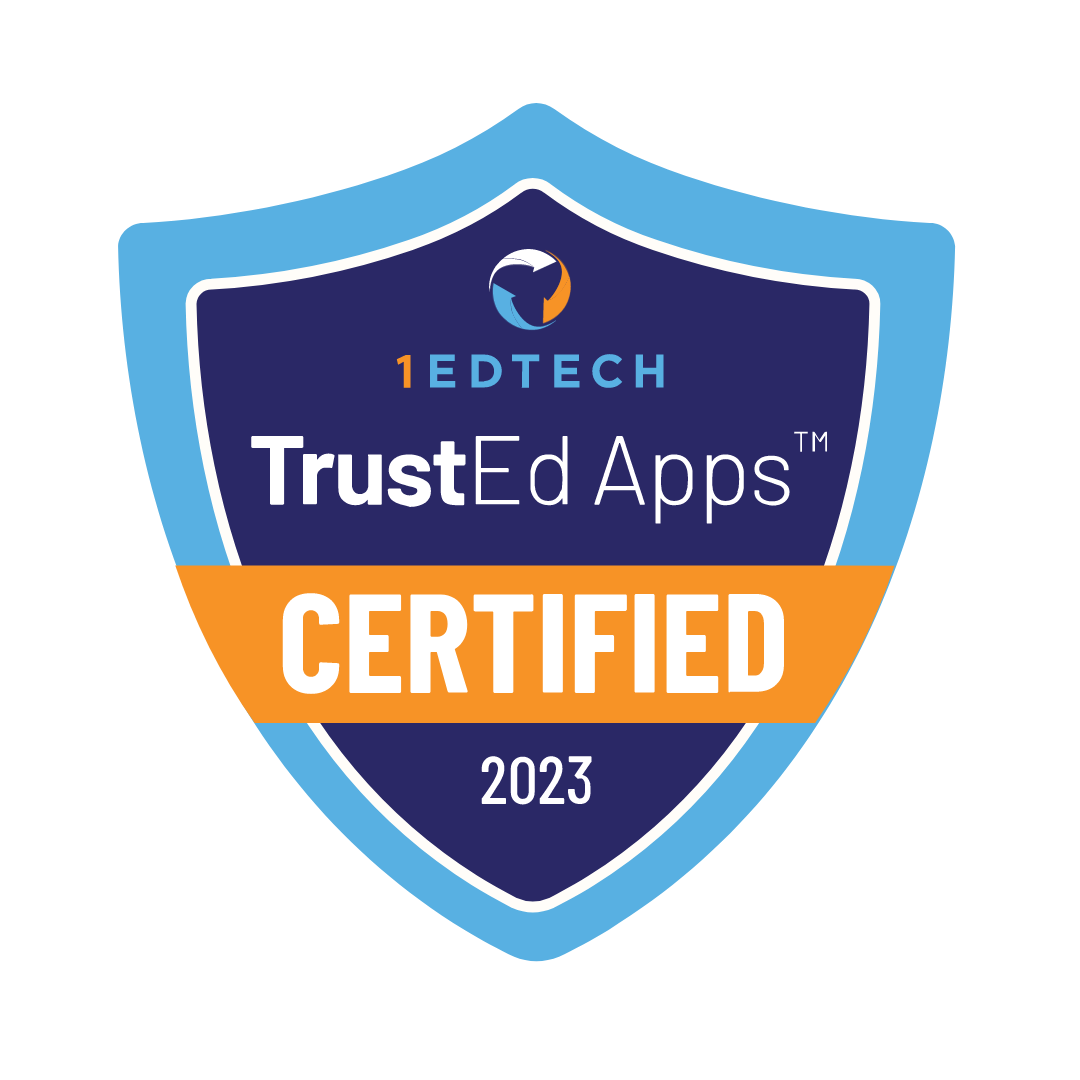Contents
About 1 in 100 children worldwide has autism, according to the World Health Organization. Schools have new students with autism each year and try to give them the necessary support. Online schooling has become a popular option after COVID-19.

Online schooling is an innovative form of education. This format allows students to avoid attending school physically and learn from anywhere in the world. This format is especially important for children with autism. Autism is a mental disorder leading to certain challenges in social interaction and learning. Online education helps autistic children cope with these difficulties. Let’s discuss in more detail how online schooling contributes to this.
Virtual Learning and Its Pros and Cons for Autistic Students
Families choosing virtual learning for their children weigh the pros and cons. We will outline the key advantages and disadvantages of online education to consider.

Advantages of Virtual Learning for Autistic Students
Let’s explore the five main advantages leading parents to choose virtual schooling.

Safety
Traditional schools involve many dangers. These dangers include shootings, bullying, and more. Many children in traditional schools get into physical fights. The majority of students do not fight, but there are still those who do, according to statistics by Kidsdata.org. Such risks pose a threat to typical students and can be even more damaging for autistic children. Online schooling erases these dangers. Autistic children are protected as they learn in a well-controlled environment at home.
Freedom in Scheduling
Traditional schools follow a strict schedule, and making changes is difficult. Online schooling allows for easy adjustments to the lesson plan. Timely changes are important for autistic children, as their mood and condition can fluctuate.
Personalization of Materials
Teachers in traditional schools strive to provide students with a personalized approach, but it is not always possible due to the strict curriculum. Virtual schooling allows for flexible adjustments customized to each student. Children with autism are unique, and each one requires an individualized approach.
Controlled Interaction with Others
Recesses in traditional schools lead to children interacting on their own. Such interactions can end badly, which is particularly harmful for autistic children. Online schooling helps regulate and control how children with autism interact with others. This guarantees autistic students have positive experiences when engaging with others.
Professional Support Without the Need for Physical Travel
Many online schools have in-house specialists or are connected to external services with autism professionals. Parents schedule meetings with these specialists without visiting an office and receive answers to their questions. These insights help improve the educational and personal lives of children with autism.
Disadvantages of Virtual Learning for Autistic Students
Let’s explore the five main disadvantages parents take countermeasures against to ensure their child’s education doesn’t suffer.
Many More Interesting Things Than Education
Home is a familiar place where a child finds many interesting things and activities. These things can become distractions from education. Parents take measures in advance to prevent this. Parents provide the child with a dedicated room for learning, free from unnecessary distractions.
Reluctance to Study Materials on the Platform
Autistic children lose focus and interest easily. The materials presented on an online platform may seem boring to these kids, and they are not engaged with them. Parents and teachers pay attention to this and assess which format of educational materials suits the child best. Modifications, such as incorporating more visual elements, help make the materials more engaging for an autistic child.
Lack of Real Interactions with Other Children
Virtual schooling protects autistic children from many dangers but deprives them of real interactions with others. The lack of real interaction leads to social development issues, which are already a challenge for autistic children. Parents plan real-life meetups for their children. Some online schools offer options for this. Parents seek online clubs and activities if the online school does not provide such opportunities.
Disengagement During Lessons
Autistic children often withdraw and do not engage actively in lessons. Sometimes teachers overlook this, thinking the child just needs more time. Parents are involved in the educational process from the beginning to work with teachers in organizing the right approach for their children. Parents understand their children better than anyone and initially guide the teachers to ensure appropriate measures are taken.
Obsession with Repetition
Children with autism often fixate on exercises, repeating them over and over without learning new material. Many factors contribute to this fixation. Parents consult with teachers and specialists to find a solution. The solution in some cases involves using different visual or sensory materials or reminders. Parents, by observing the child, work together with experts to find the right approach and gradually introduce new materials for learning.
Five Tips to Help Your Child with Autism Learn Virtually

Here are five things parents do to help children with autism learn virtually:
- Observe your child and take notes on their specific traits. This information will help teachers create the right educational plan
- Set up a dedicated room for your child to study in, to avoid unnecessary distractions
- Interact with teachers and experts, answering their questions and getting valuable information for your child
- Plan extracurricular activities for your child to give them real-life interaction experiences
- Stay close and support your child with autism at every step of their learning process
Why Do Many Parents Choose Legacy Online School?

We understand how unique children with autism are. Legacy Online School’s teachers provide personalized attention and support to each student. A special approach awaits students with autism, as we have experts with extensive experience in working with special needs children. These experts know which methods to use to help these students reach their full potential.
Our experts give individual consultations and educational materials to help parents and students deal with the problems. These experts provide one-on-one and group consultations, working with specific topics or questions.
Our experts host workshops and open meetings from time to time, helping participants better understand the issues faced by students with autism. The Legacy Online School website offers a lot of articles and other resources providing answers to many questions related to children with autism.
Contact our school to learn more or enroll your child today to transform their educational journey!











